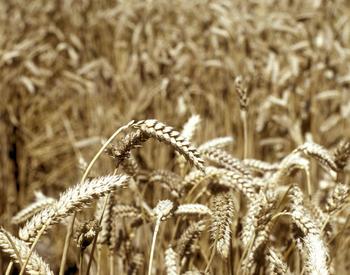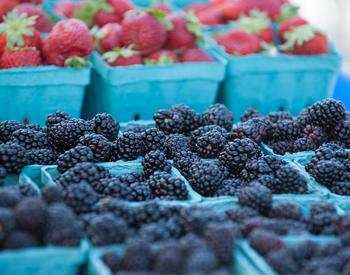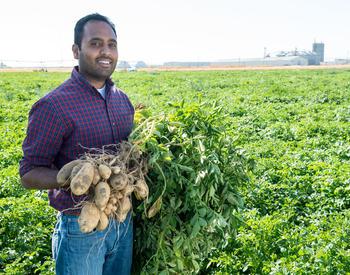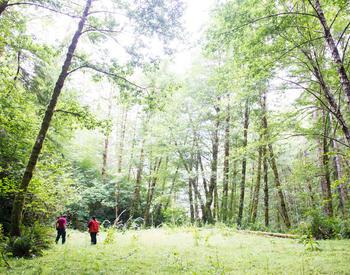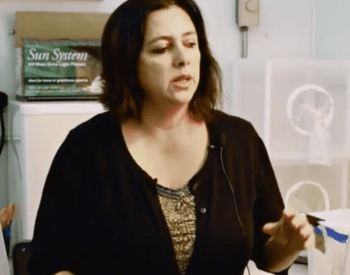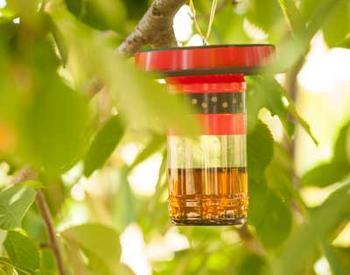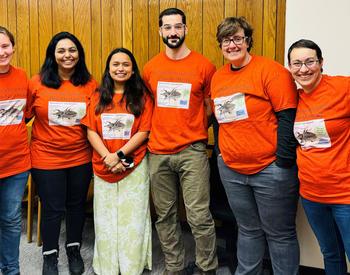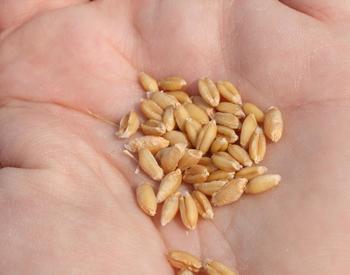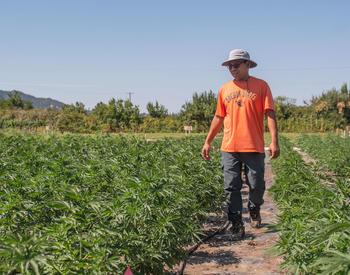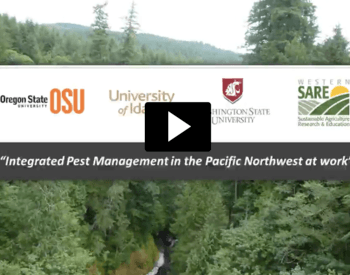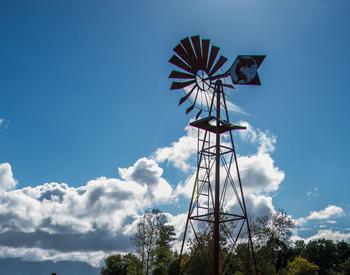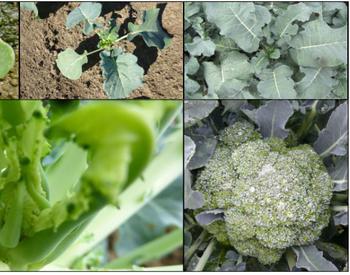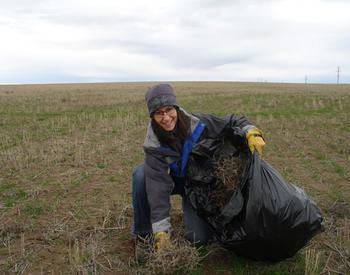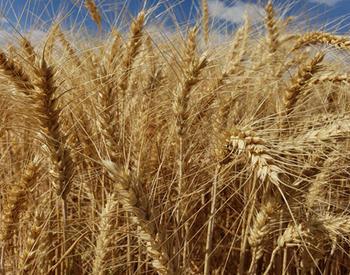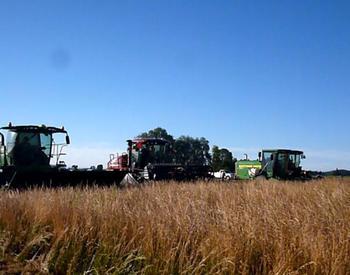Transcript
As farmers and ranchers work to feed our nation, they depend on the weather to help their crops and animals thrive. But the climate is changing. Temperatures are rising along with carbon dioxide levels, and farmers and ranchers face greater uncertainty about how the changing climate will influence what they grow and how they grow it.
A longer growing season could help crops, but extreme heat could reduce yields and crop health, and pose a threat to livestock. Some regions may end up with more water, causing more storms and flooding, while others may end up with less water, causing drought and scarcity.
With the right tools, today's farmers and ranchers have the resilience it takes to respond to climate change. Agriculture can and will adapt.
To help farmers and ranchers, OSU produces two online tools: AgBiz Logic and AgBiz Climate. You can use these tools to create budgets and access local-level climate information. This information will help you better understand how future climate conditions will affect crop and livestock enterprises.
With AgBiz Climate, you can do two things. First, using the seasonal climate forecast, you can explore whether to expect warmer or cooler conditions over the next few months, or wetter or drier weather. With that info, you can estimate how your crops or livestock may respond and view the effect on your net returns.
Second, with the future climate projection, you can step into the climate of the future. How will your enterprises fare 20 to 30 years from now? Will you still be able to farm and ranch the way you do now? You can explore the questions most important to you and your farm's success.
The seasonal climate forecast option can help you explore questions like how might the weather differ from the norm over the next several months, or will forecasts over the next several months change how I'm going to plant, manage, or harvest?
Farmers and ranchers who use the seasonal climate forecasts can get information they need about what may happen in the future.
The future climate projections option can help you explore questions like how will temperature and precipitation change in the future? What about growing degree days? Could the change in climate increase or decrease my profitability? Should I pursue alternative cropping strategies or switch to a different crop?
Farmers and ranchers are already noticing some of the effects of climate change and are interested in learning about different ways to grow crops and raise livestock to adapt to different weather patterns in the future.
With future climate projections, you can look at the climate or average weather that's expected to occur over the next few decades to plan for the long term.
What the climate will be like in the future depends on the amount of greenhouse gases in our atmosphere. AG Nez Climate assumes that greenhouse gas emissions will continue to increase at roughly the current rate.
The data for the future climate global climate models projections tools comes from many global climate models. With these models, scientists study climate change across the planet. The models do not simulate climate at the size of the farm or the county. However, scientists use what they call downscaling to translate the climate from the global model to the local level. They use statistical relationships between climate model data and past on-the-ground observations.
AgBiz Climate provides county-level projections of the climate in the 2030s. You can get projections for temperature, precipitation, growing degree days, chilling hours, and the length of your growing season.
Climate changes can have both positive and negative economic impacts. Farmers and ranchers can be ready for losses by investing in strategies that make sense for a warmer climate, or they can make choices to take advantage of favorable climate changes.
You can act now to be ready for potential losses during this season or start the changes that will sustain profits decades into the future. AgBiz Climate bridges the gap between climate experts and agriculture. AgBiz Climate gives you the information to better understand how weather conditions influence your region and your farm or ranch.
As farmers and ranchers work to feed our nation, they depend on the weather to help their crops and animals thrive. But the climate is changing. Temperatures are rising, along with carbon dioxide levels. With the right tools, today's farmers and ranchers have the resilience it takes to respond to climate change. OSU produced two online tools: AgBizLogic and AgBizClimate. You can use these tools to create budgets and access local-level climate information. https://www.agbizlogic.com/
